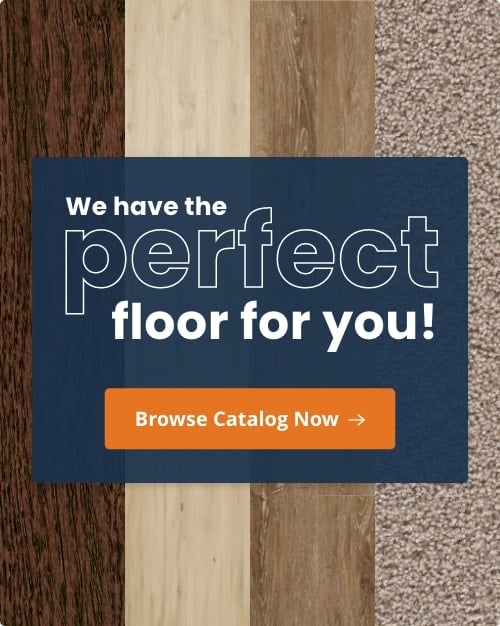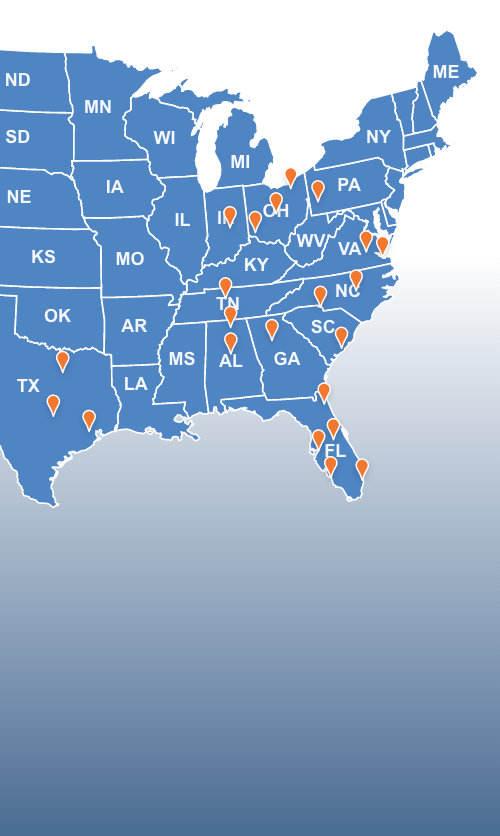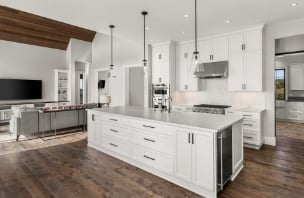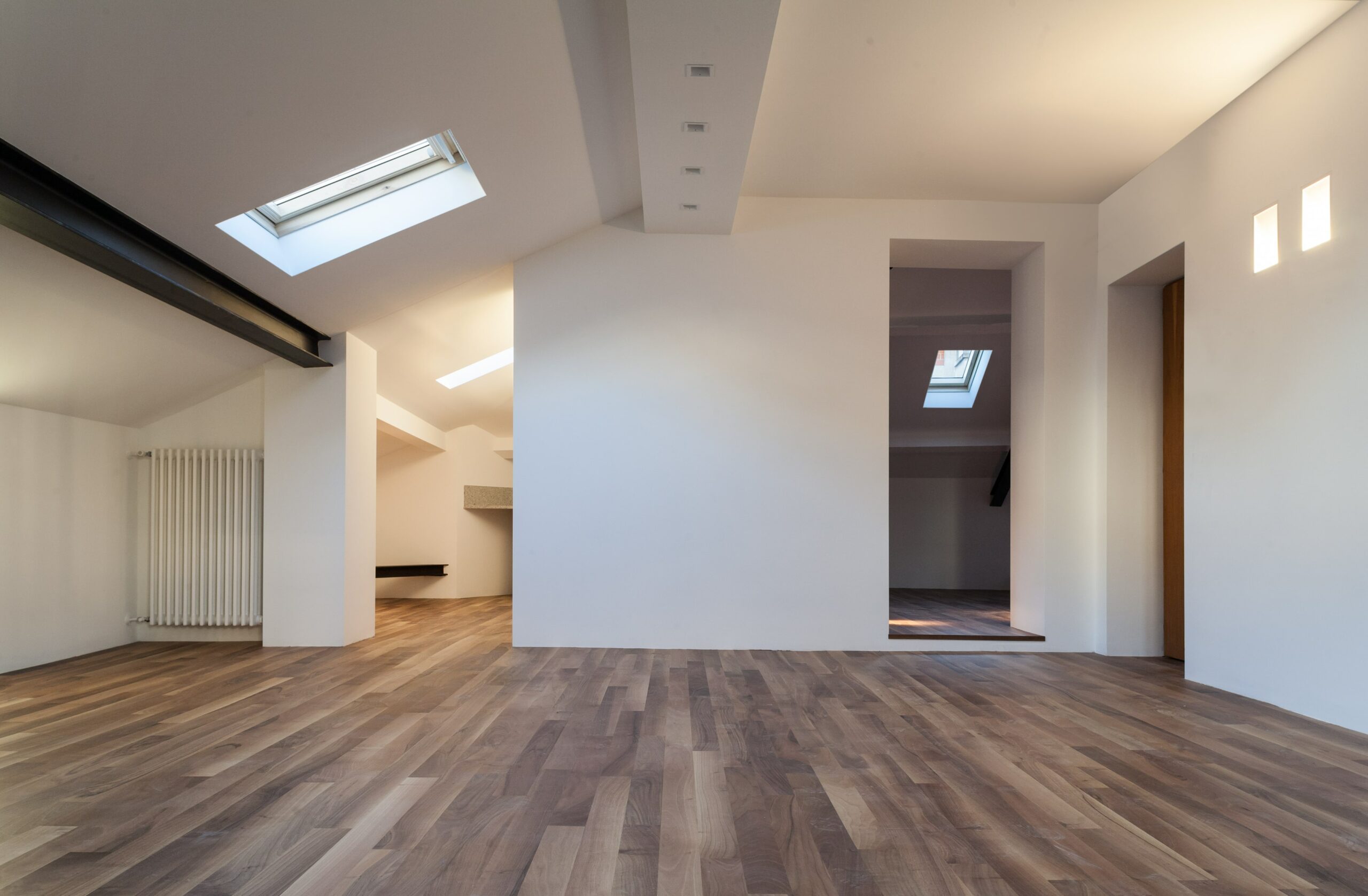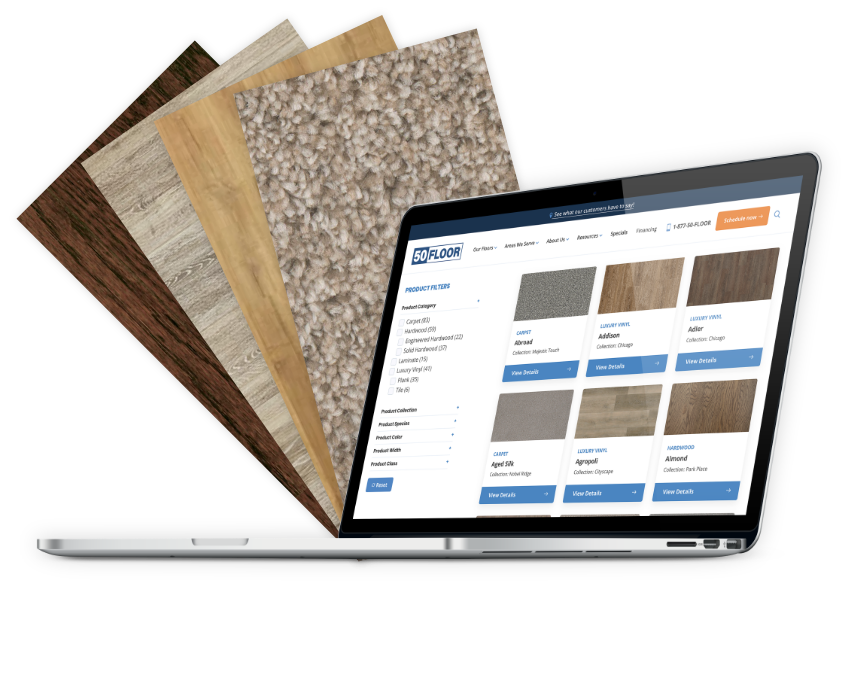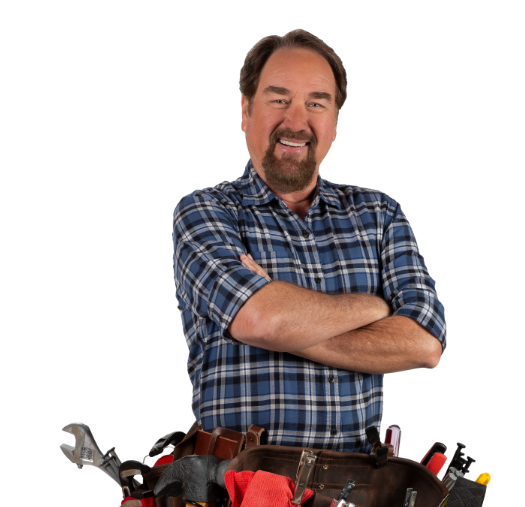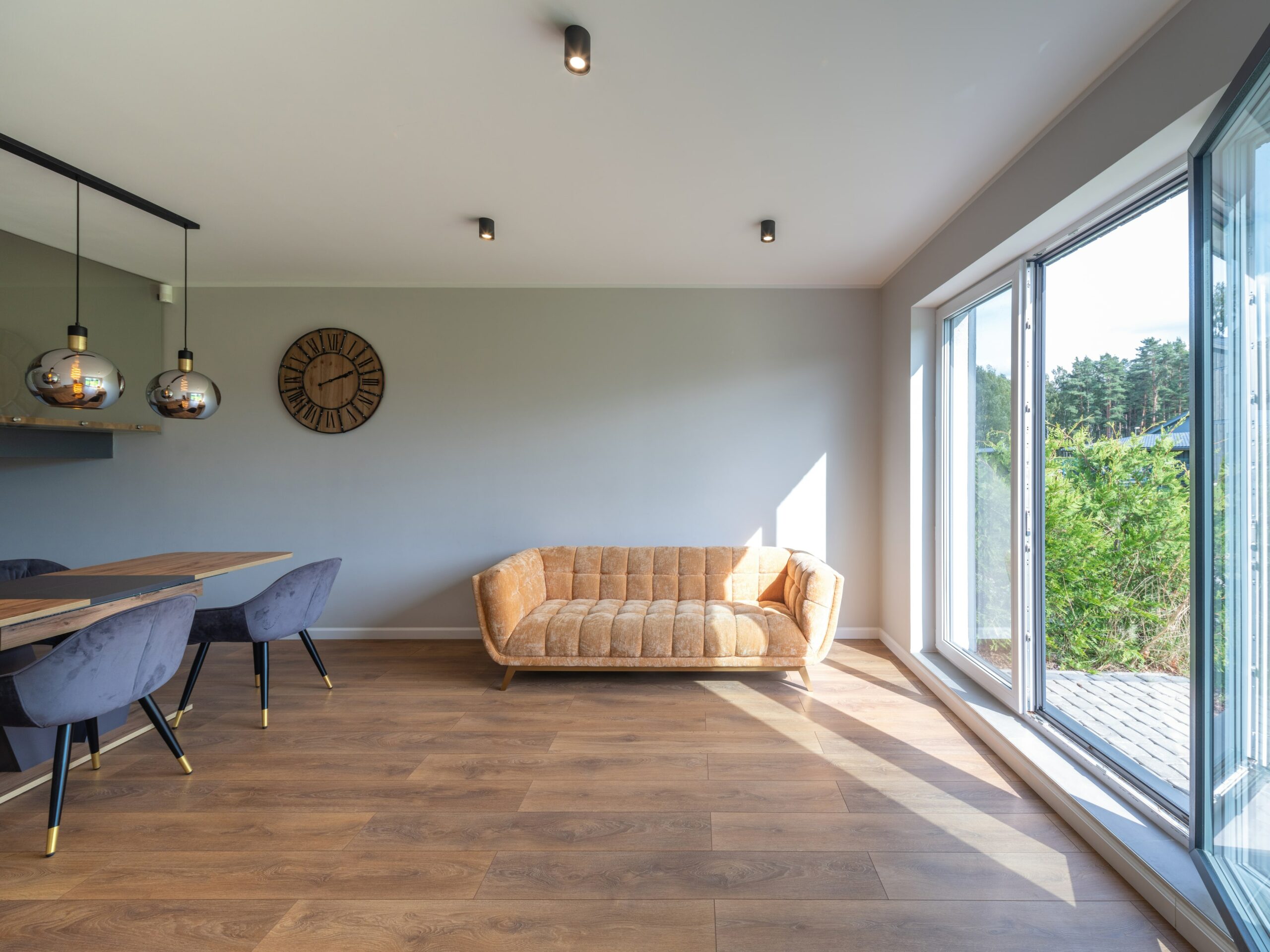Engineered hardwood is a popular choice for homeowners who want the beauty of wood with extra durability. But does it also provide a slip-resistant surface?
Knowing how engineered hardwood holds up underfoot can help you decide if it’s the right fit for your space.
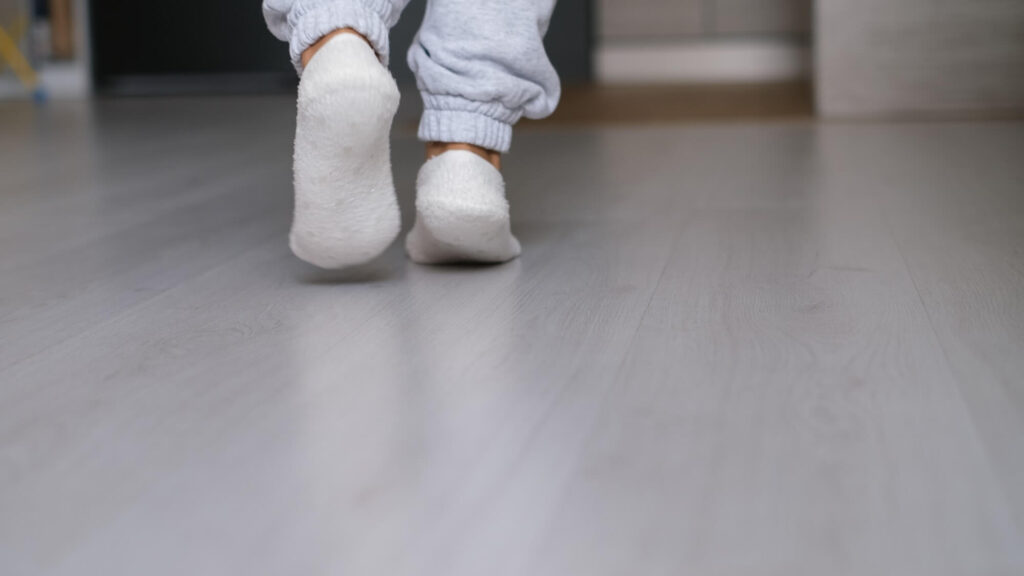

What Makes Engineered Hardwood Slip Resistant?
Engineered hardwood has a natural wood veneer on top and a stable core made from many layers of wood or high-density fiberboard.
The top surface can have finishes and textures that affect its slip resistance. Slip resistance depends on factors like the finish, texture, and how the floor is maintained.
A matte or satin finish on engineered hardwood tends to offer better traction than glossy finishes. Glossy surfaces can feel slick, especially when wet. Textured finishes, like wire-brushed or hand-scraped surfaces, add grip, reducing the likelihood of slipping.
Textures That Improve Safety
Textured finishes can make engineered hardwood safer. These finishes improve the floor’s appearance and add functionality by improving traction.
- Wire-Brushed Texture: Reveals the natural grain of the wood while creating a slightly rough surface. It provides more grip than smooth finishes.
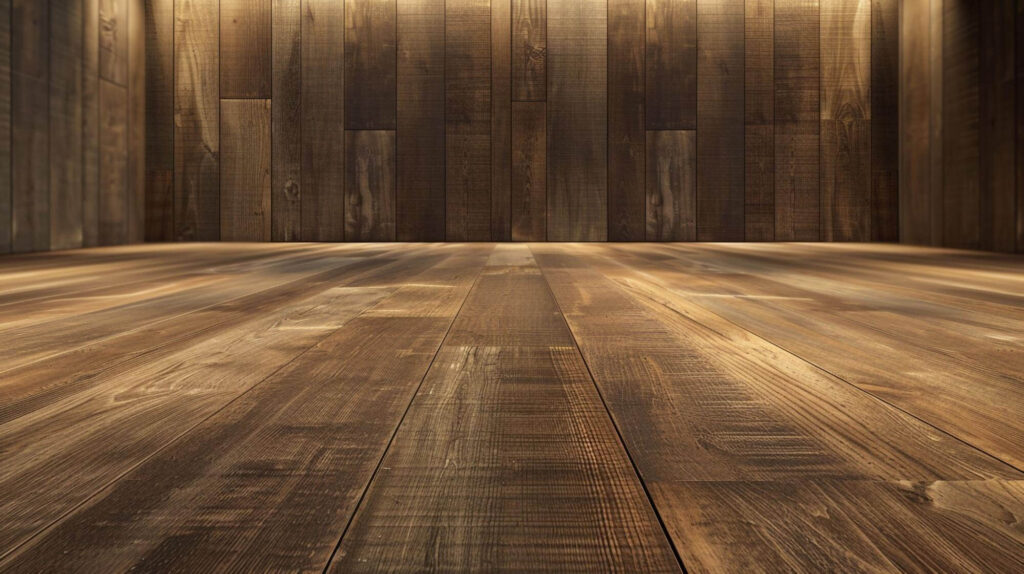

- Hand-Scraped Texture: Hand-scraped planks have uneven surfaces, which can reduce slipperiness. Hand-scraped texture works well in areas where added safety is a priority.
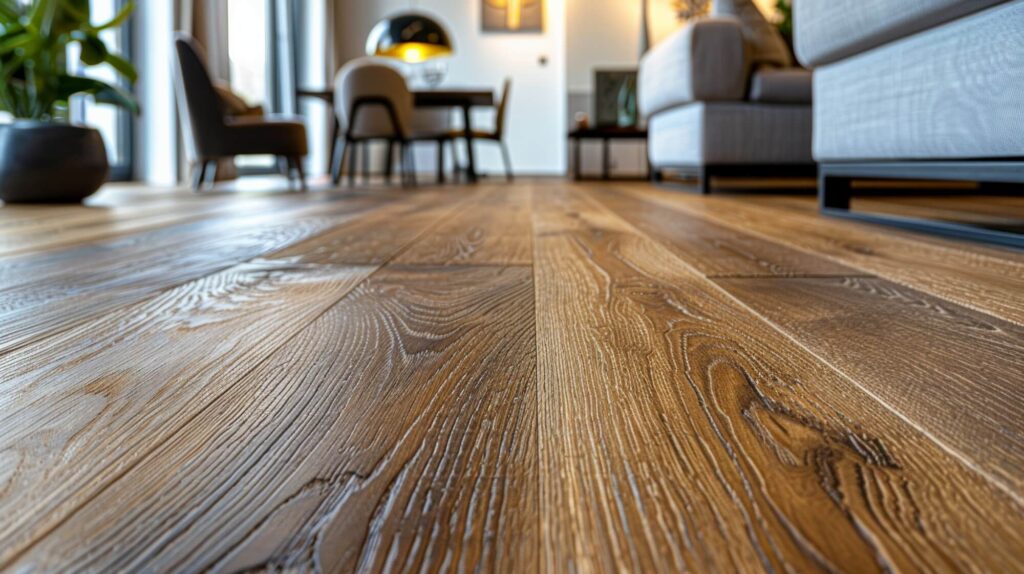

- Distressed Texture: Mimics the look of aged wood while offering a surface that enhances grip.
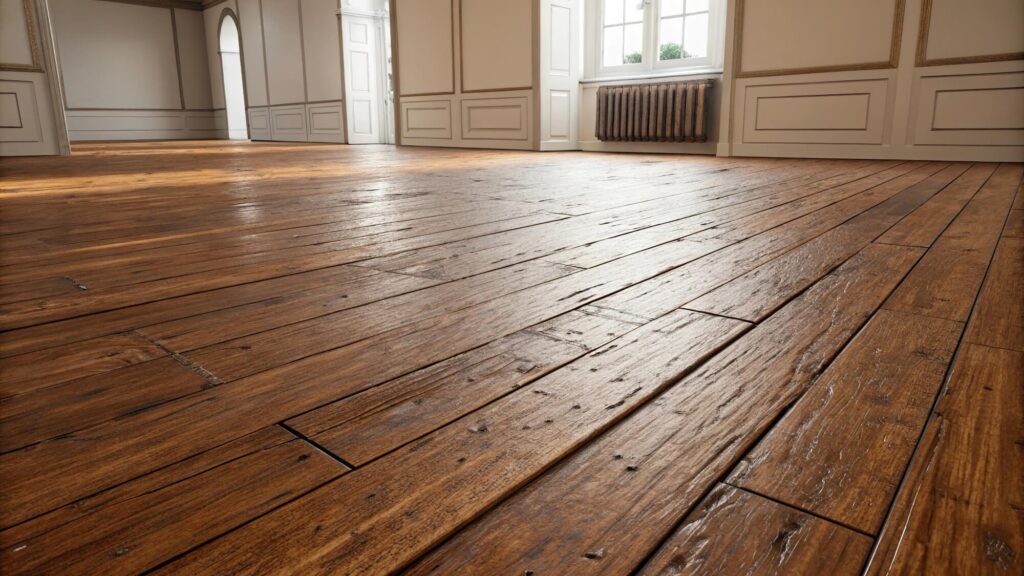

Textured finishes are especially useful in areas where moisture or spills are common, such as kitchens or entryways.
The Role of Finishes in Slip Resistance
The finish of engineered hardwood affects how slippery it feels. Some finishes are more slip-resistant than others, depending on their gloss level and composition.
- Matte Finish: A matte finish provides a low-gloss surface with better traction. This finish works well in households with children or older adults.
- Satin Finish: Satin finishes balance appearance and safety. They offer a slight sheen while maintaining a good grip.
- High-Gloss Finish: High-gloss finishes are sleek and shiny but can feel slippery, especially in wet conditions. They are best suited for low-traffic areas.
Environmental Factors and Slip Resistance
Slip resistance can change depending on the environment. Moisture and debris are two factors that influence how engineered hardwood feels underfoot.
- Moisture: Engineered hardwood resists moderate moisture better than solid wood, but water on the surface can make it slippery.
- Dust and Dirt: Accumulated dirt or dust can create a slick surface. Regular sweeping or vacuuming keeps the floor clean and maintains traction.
Using rugs or mats in high-traffic areas, such as hallways and entryways, helps reduce the risk of slipping. Placing mats near sinks and doorways can also prevent water or debris from spreading onto the floor.
Comparing Engineered Hardwood to Other Flooring
Homeowners often compare engineered hardwood to other flooring types when considering slip resistance.
Here’s how it stacks up:
- Carpet offers the highest level of slip resistance because of its soft and textured surface, but it lacks the durability and style of engineered hardwood.
- Tile can feel very slippery, especially when wet. Textured engineered hardwood provides better traction in wet conditions.
- Vinyl offers good traction and is water-resistant. Engineered hardwood provides a more upscale appearance while maintaining adequate grip with the right finish.
Engineered hardwood strikes a solid balance between safety, durability, and aesthetics, making it a strong contender for many households.
Safety Considerations for Different Areas in the Home
Some areas in your home need more slip-resistant flooring than others. Engineered hardwood performs well in most spaces, but certain rooms may need more precautions.
- Kitchens can have spills from water, oil, or food. Using rugs near sinks and cooking areas helps prevent slipping. A matte or textured finish makes these areas safer.
- Living rooms typically see less moisture, so any finish works well. If children or pets are present, consider a satin or textured finish for added grip.
- Bedrooms have minimal risk of slipping. Smooth or glossy finishes can be a good fit here.
- Entryways and hallways see heavy foot traffic and exposure to dirt or water from outside. Textured finishes and mats enhance safety.
How to Maintain Slip Resistance
Proper care and maintenance help engineered hardwood keep its slip-resistant qualities. A clean floor provides a better grip than one covered in dirt or residue.
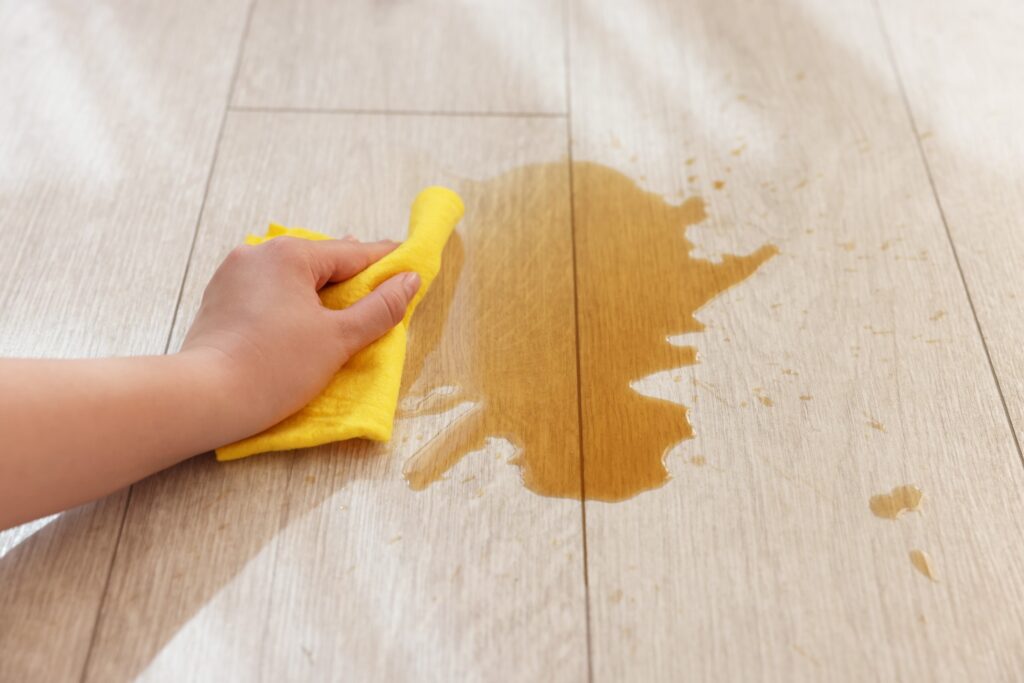

- Clean Spills Quickly: Wipe up water, oil, or other liquids immediately to prevent the surface from becoming slippery.
- Sweep Regularly: Dust and dirt can reduce traction. Use a soft broom or vacuum with a hardwood attachment to clean the floor.
- Use the Right Cleaners: Avoid wax-based or oily cleaners that can leave a slippery residue. Use cleaners specifically designed for engineered hardwood.
- Add Rugs or Mats: Place rugs in high-traffic or moisture-prone areas to enhance safety. Look for rugs with non-slip backings to keep them secure.
Following these steps ensures your floors remain safe and functional.
Benefits of Choosing Engineered Hardwood for Safety
Engineered hardwood provides several advantages that enhance safety in the home.
These include:
- Durable Wear Layer: The top layer resists scratches and wear, maintaining its texture over time.
- Stable Core: Engineered hardwood resists warping, ensuring the floor stays even and secure.
- Customizable Finishes: Homeowners can choose finishes that balance style and slip resistance.

